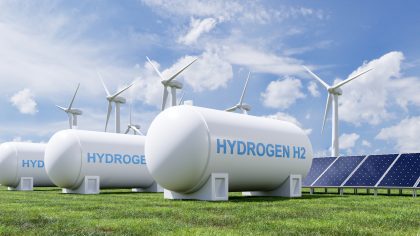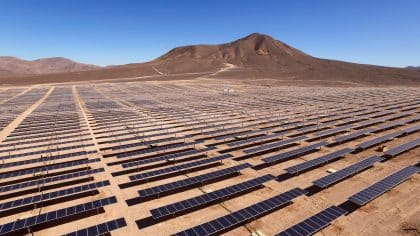A PEM installation can produce hydrogen at a pressure of 5-50 bar (ECN 2018) which can subsequently be further compressed to 80-950 bar to reduce the need for storage capacity. A pressure of 80 bar is necessary for injection in the natural gas network, whereas a pressure of 350-950 bar is necessary for using hydrogen in transport, for example in trucks and passenger vehicles (De Vita et al., 2018). Note that for almost all applications hydrogen needs to be compressed. According to NOW (2018), the pressure output of a PEM installation could potentially reach 110 bar by 2050.
The potential for PEM is high, however it is currently considered not economically feasible due to, amongst others, the high CAPEX (currently estimated around four times higher than economically viable). The levelised costs of hydrogen by electrolysis is about 5 €/kg (baseload production), which compares unfavourably with the cost of hydrogen from natural gas at 1-1.5 €/kg using steam methan reforming (SMR) (Berenschot, 2017).
All information in the datasheets is also available in ESDL (Energy System Description Language). You can find them in the Energy Data Repository (EDR).


